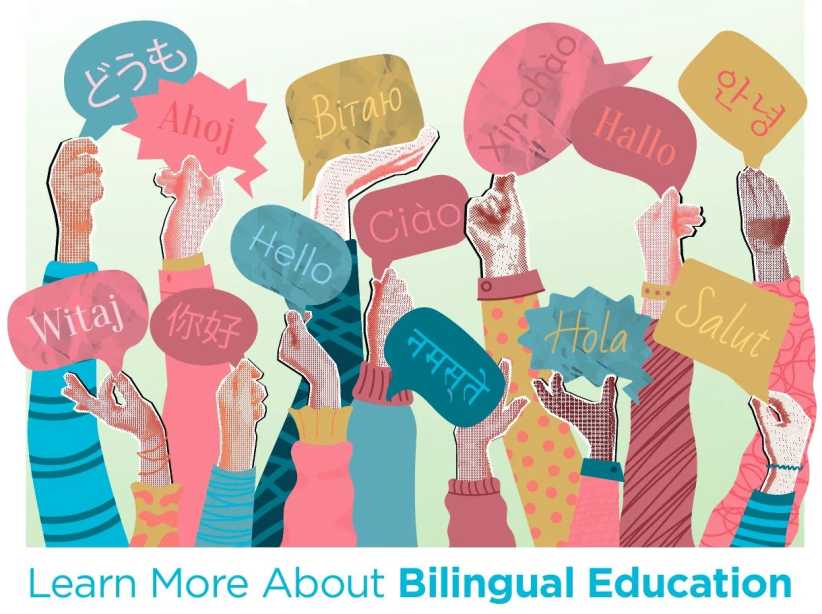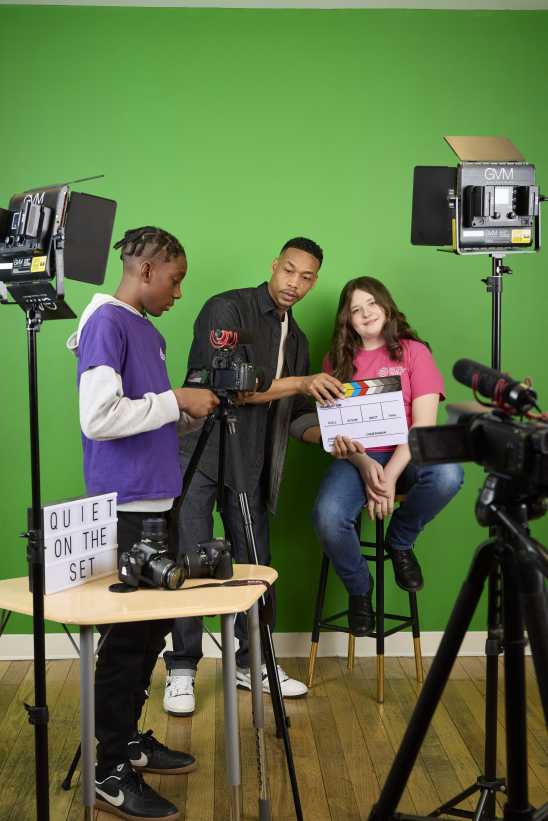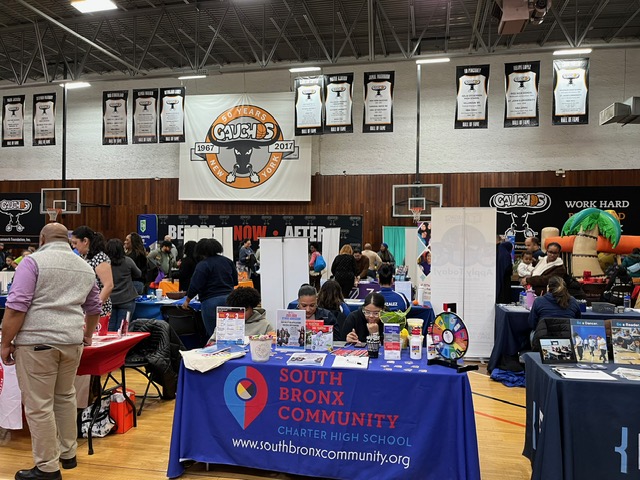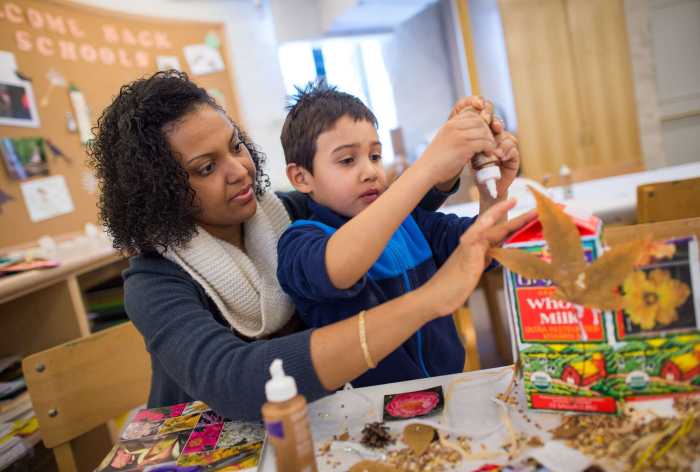One of the most basic benchmarks in your child’s academic development is learning to read. And reading is the skill that opens the doors to all other learning. So what can you do when it becomes apparent that your child is struggling to become a good reader?
Never too late
It’s never too late to add read-alouds to your daily life. Kids love stories, and there are endless choices for topics. If you’ve “failed” to read to your kids, begin today. In short order, you’ll find you enjoy reading together as much as your children do.
And the more time children spend in reading activities, the easier it is for them to become readers, too.
Aside from lack of exposure to reading experiences, there are many reasons why children do not learn to read easily. These can range from simple understandings about letters and sounds to processing problems that may require professional interventions.
It’s important to know that the earlier reading problems are diagnosed and treated, the better the results.
Some basic reading problems
Letter sound awareness: In order to read, children must have the understanding that words are made up of smaller bits called phonemes. Phonemes are the sound chunks made by letters. For example the word cat has three phonemes: the k sound of c, the vowel a, and the “t” sound of t. While a child hears the word cat as a whole, it’s important to be able to break the word into sound chunks for the purpose of learning to read.
Decoding: Decoding is the process of seeing the letters and then “saying” the sounds aloud. (Of course silent reading comes later.) Decoding is a complex skill that requires knowing all of the alphabet sounds plus the combinations they make, plus understanding reading rules such as a silent e at the end of “bike.”
Vocabulary: A healthy, growing vocabulary is one of the best indicators of success in learning. Knowing the meaning of words and being able to learn new words regularly is a great plus in becoming a fluent reader. The more a child reads, the bigger the vocabulary.
Fluency: Once decoding skills are developed, we expect children to be able to read aloud fluently. A strong reader should sound as if he or she is talking naturally with the proper ups and downs in tone, and with the impression that there is strong understanding.
Comprehension: It is fairly common for children to read as if they understand, but upon further questioning, it becomes apparent that they really haven’t made sense of the words. Comprehension is more than just remembering facts; it’s being able to discuss the information in meaningful ways. For example the color of Cinderella’s ballgown isn’t nearly as important to know as the fact that she’s leaving her scullery position to capture the heart of the prince.
Other issues
Auditory or visual processing: These problems require specific testing by professionals and therapy to help the brain identify sounds or visuals correctly and be able to interpret them.
Attention problems: Children with significant attention problems find it difficult to focus on reading skills long enough to be successful.
Memory: Some children have difficulty remembering the shape of a letter or the sound it makes. They require extra practice to become successful in learning.
Second language: For the child learning English as a second language, it is important to know that it takes approximately six years to become fluent in English speaking and reading skills.
Vision problems: Some children have difficulty with focusing on words even though they may test 20-20 on basic reading tests. If there is blurring or double vision, or difficulty in “tracking” along the lines, children can be helped by reading therapies.
It’s extremely important for parents to request testing by their school if reading difficulties are evident. The stigma that develops when a child is placed in a “slow” reading group or the self-confidence problems that arise when the child knows he “can’t do it” are detrimental to learning in themselves. Early diagnosis and intentional interventions can make all the difference for a struggling reader.
What parents can do
Your home and the life you live with your family is your child’s first and most important school. There are many ways you can support your struggling reader at home.
Have fun with books, leading your child to an appreciation of the printed word. Find books, comics, or any other printed material that your child loves and read them together.
Develop awareness of letters, sounds, and word parts in daily life. Notice the stop sign at the corner and the McDonald’s sign as you buy your Happy Meal.
Learn the alphabet in many ways such as magnetic letters, by singing songs, using letter blocks, reciting the alphabet as you climb stairs, doing dot-to-dots, tracing the letter in cornmeal.
Build word awareness. Teach your child to recognize and write his or her name, and then expand known words such as the names of siblings, common food items, color words, etc.
Play rhyming games and sing songs together. Play “I’m thinking of a word that begins with the letter b.”
Sound out words and learn word patterns. “Let’s think of all the –ill words we can.”
Take time to talk about and reflect on the meaning of the stories you read. “Why do you think Goldilocks went into the Three Bears’ house?” “Why does Curious George get into so much trouble?”
Finally, there is no substitute for lots and lots of reading. Enjoy old favorites, and find exciting new titles. Even struggling readers will work hard to succeed if they’re motivated. Make the most of your child’s current interests. If dinosaurs are the new topic of interest, be sure to find lots of books about them.
An excellent resource for all things related to reading and reading success is the website www.readi
Reading is a very complex skill, and there is no “one size fits all” when it comes to solving reading problems. Be sure to contact your child’s teacher and the school’s professional staff to diagnose and begin to solve your child’s reading issues.
Jan Pierce is a retired teacher and reading specialist. She is the author of Homegrown Readers and Homegrown Family Fun: Unplugged. Find Jan at www.janpi























